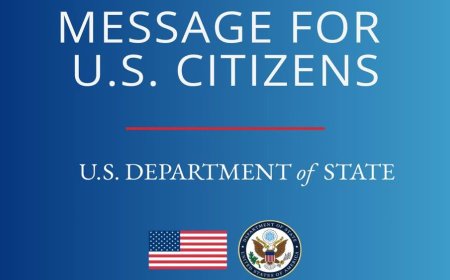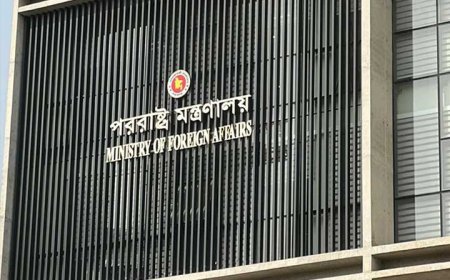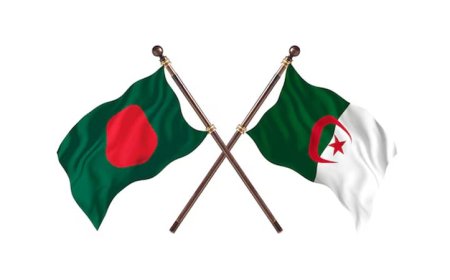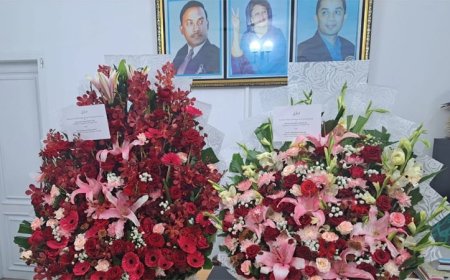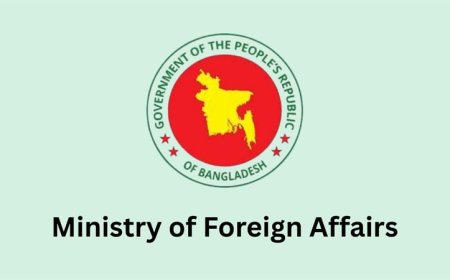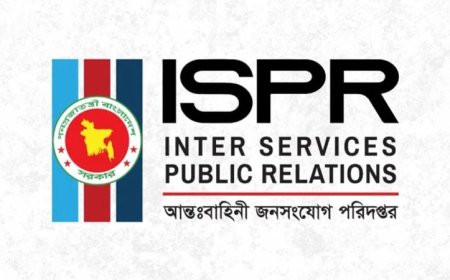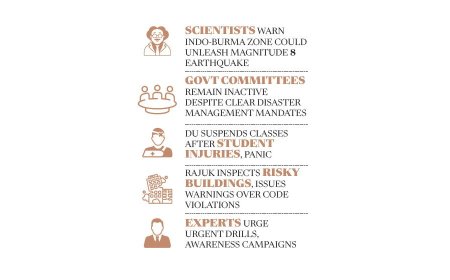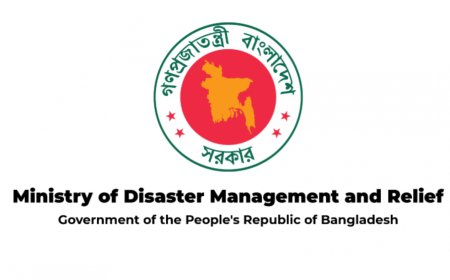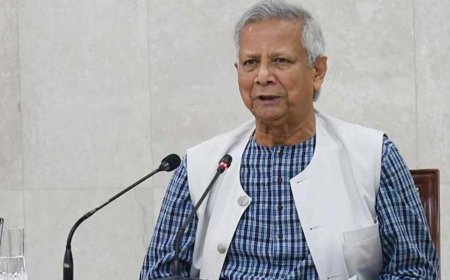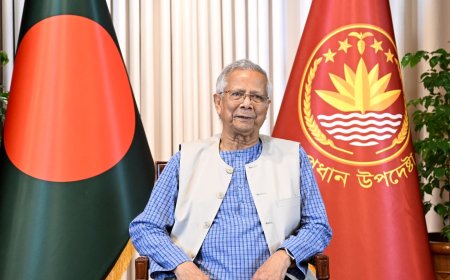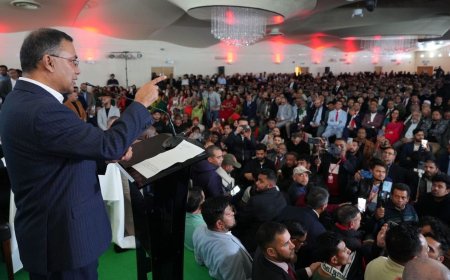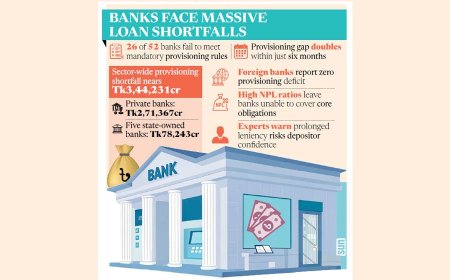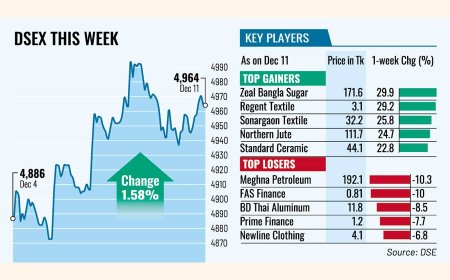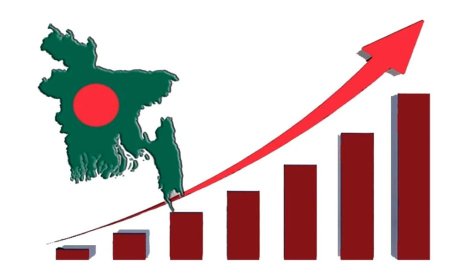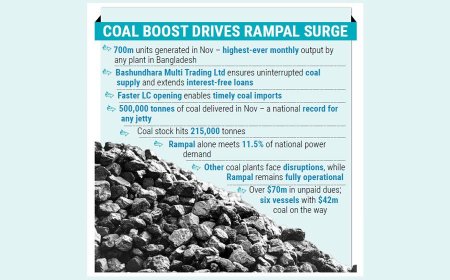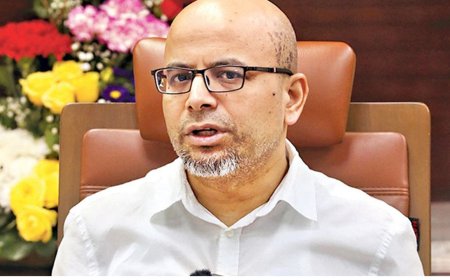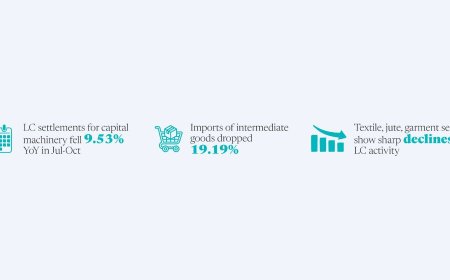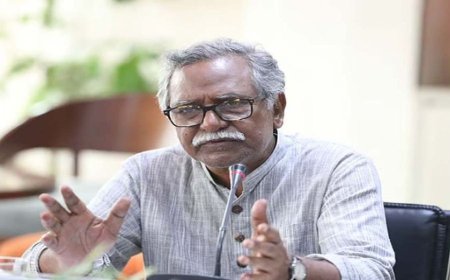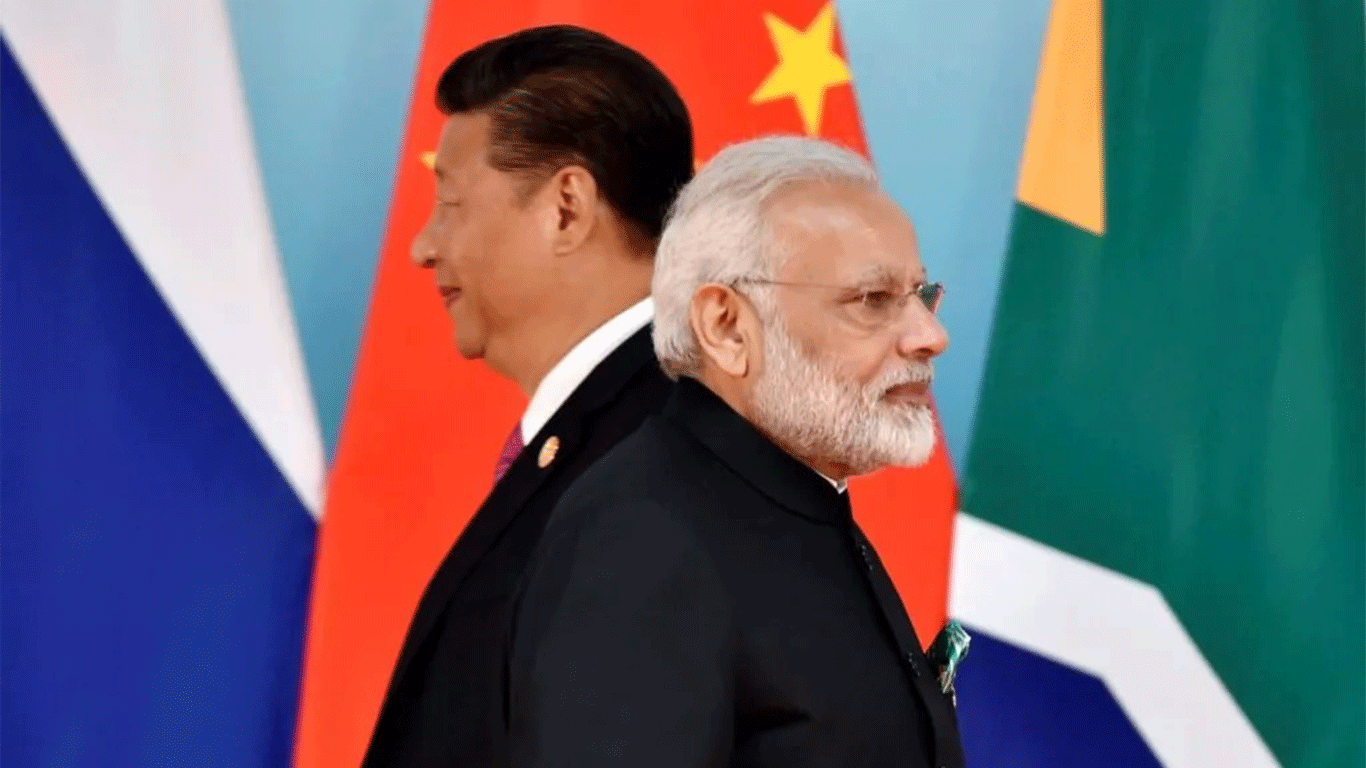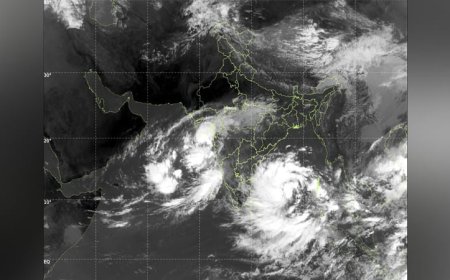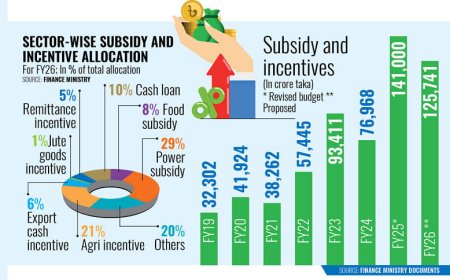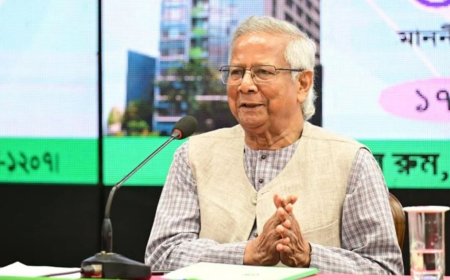Target $2.5 B Export to SADC Bloc
Target $2.5 B Export to SADC Bloc
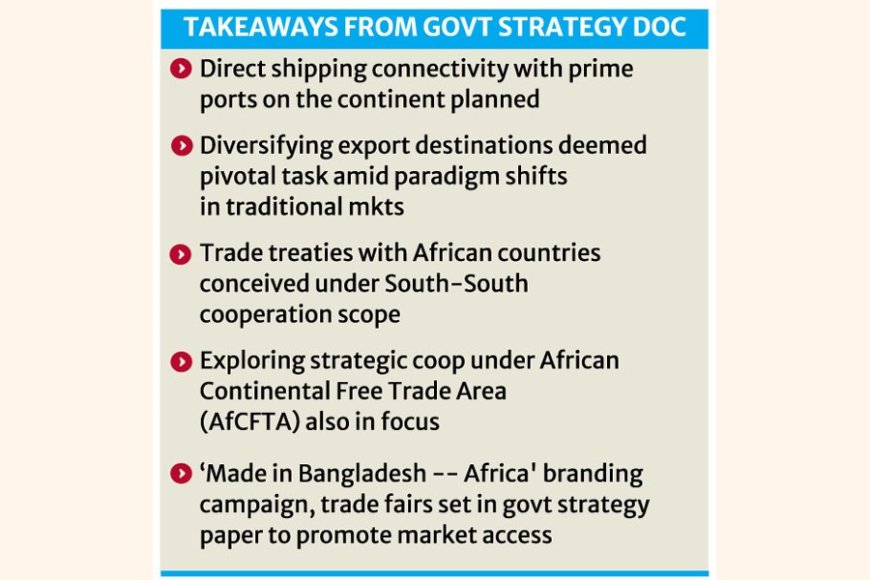
Bangladesh Moves to Unlock Trade Opportunities Across Africa with Strategic Mission and Summit
Bangladesh is set to explore new trade avenues across Africa through an upcoming trade-delegation mission and a major Africa-Bangladesh Trade and Investment Summit, as part of a comprehensive strategy to diversify export markets into untapped destinations.
According to sources, the plan includes establishing direct shipping links with key African ports and negotiating trade agreements with African nations under South-South cooperation frameworks, forming a core part of the country’s trade and investment promotion blueprint.
A central focus is the Southern African Development Community (SADC), with the government planning to host the Africa-Bangladesh Trade and Investment Summit in Dhaka this December. The Export Promotion Bureau (EPB) will organize the event, aiming to strengthen trade and investment ties with African economies.
The initiative is guided by a recently prepared strategy paper titled "Unlock Export Opportunities in SADC Countries", which lays out a detailed roadmap to expand Bangladesh’s export footprint within the 16-member bloc, including its major economies.
Ahead of the Dhaka summit, a trade-delegation mission is scheduled to visit key SADC nations in November, according to commerce ministry sources. The SADC region—which includes South Africa, Tanzania, Angola, Mozambique, Zambia, and Zimbabwe—has been identified as a promising yet largely untapped market.
With a combined GDP of around US$850 billion and a population exceeding 380 million, the region presents significant opportunities for Bangladesh to reduce its dependence on traditional export markets in the European Union and North America.
Currently, trade with Africa remains modest. In FY2024-25, Bangladesh’s total exports to Africa reached US$410.8 million, of which US$158.9 million went to SADC countries. South Africa emerged as the bloc’s largest importer, with key export items including ready-made garments (RMG), jute products, pharmaceuticals, leather goods, and agricultural products.
The EPB-drafted strategy paper emphasizes a coordinated approach to remove trade barriers, enhance logistics infrastructure, and support product diversification in preparation for an anticipated trade surge.
The blueprint identifies seven priority areas: product diversification, bilateral trade agreements, improved logistics and connectivity, financial facilitation, country branding, institutional capacity building, and compliance with international quality standards.
The government has set an ambitious target of raising exports to the SADC region to US$2.5 billion by 2030. To achieve this, the strategy recommends negotiating trade and investment agreements with key SADC economies such as South Africa, Tanzania, and Mozambique, while also exploring strategic collaboration under the African Continental Free Trade Area (AfCFTA).
Plans are also underway to establish direct shipping routes from Chattogram to major African ports, including Durban, Maputo, and Dar es Salaam, which are expected to significantly reduce freight costs and transit times.
Several Bangladeshi business groups have already begun exploring opportunities in African markets. Sectors with strong growth potential include pharmaceuticals, agro-processed foods, leather goods, light engineering, plastics, and ICT services.
To further improve market access, the strategy proposes launching a “Made in Bangladesh – Africa” branding campaign and organizing trade fairs in South Africa, Tanzania, and Zambia.
However, challenges remain, including the absence of preferential trade agreements, tariffs of 15-25%, limited logistics and banking infrastructure, and stiff competition from global players such as China, India, and Turkey. To overcome these hurdles, the paper recommends enhanced financial instruments, including export-credit guarantees, establishing correspondent banking relationships, and streamlining letter of credit procedures for Africa-bound shipments.
Trade analysts view the initiative as a central pillar of Bangladesh’s “Look South” policy, aimed at deepening South-South cooperation and reducing reliance on saturated Western markets.
“If implemented effectively, the SADC region could become a major growth frontier for Bangladesh’s export sector, helping the country reach its US$2.5 billion target by 2030,” said one trade expert.
EPB Vice-Chairman Mohammad Hasan Arif told The Financial Express, “We are planning to explore export opportunities in the African market. As part of that plan, trade delegations will be visiting the region.”
A high-level delegation is scheduled to visit five key SADC countries in early November, with the Commerce Adviser of the interim government expected to lead the mission. The delegation will represent eight priority sectors, including RMG, agro-products, leather and footwear, pharmaceuticals, and IT services.
Arif expressed hope that the Africa-Bangladesh Summit will attract around 100 international buyers and may be held alongside Sourcing Bangladesh, the country’s first global sourcing expo, scheduled for December 1-3 in Dhaka.
What's Your Reaction?








